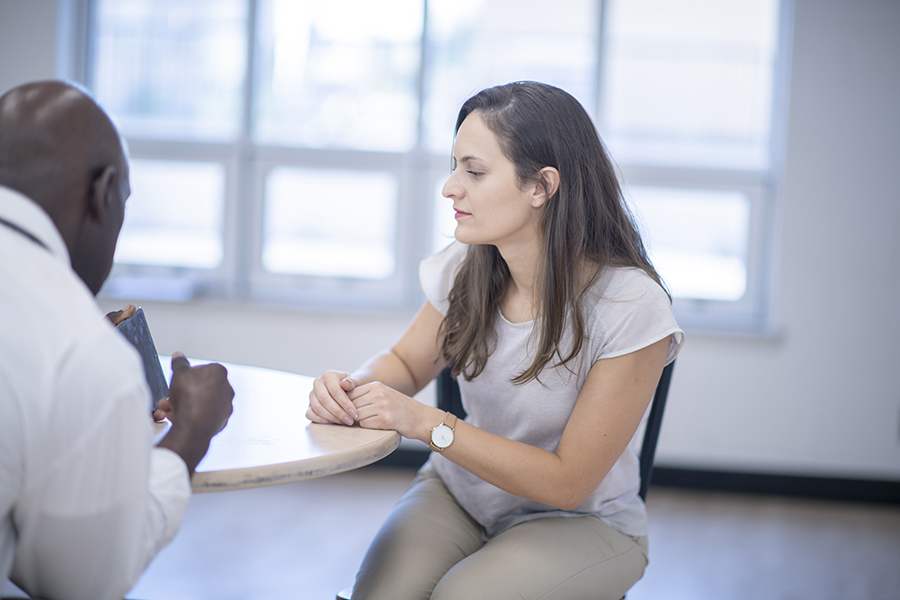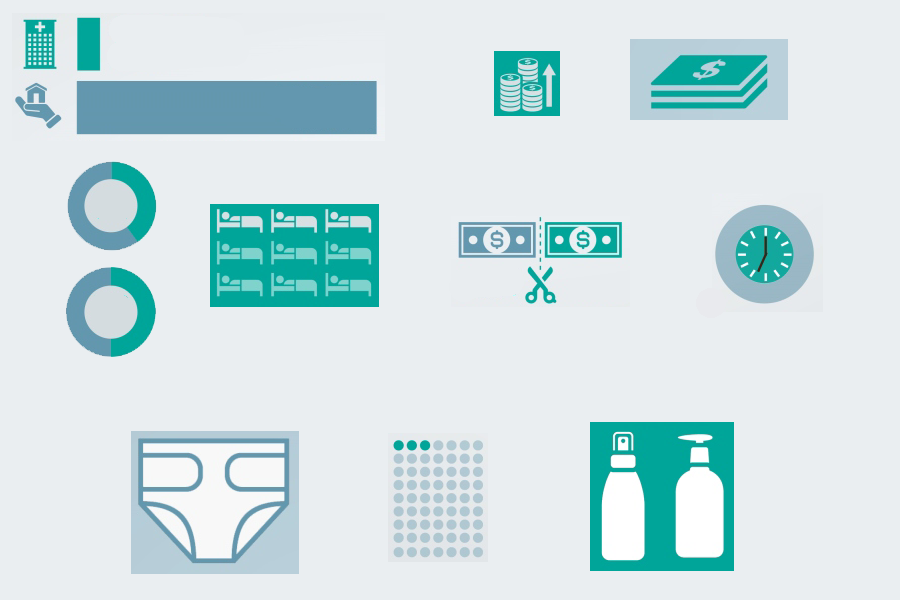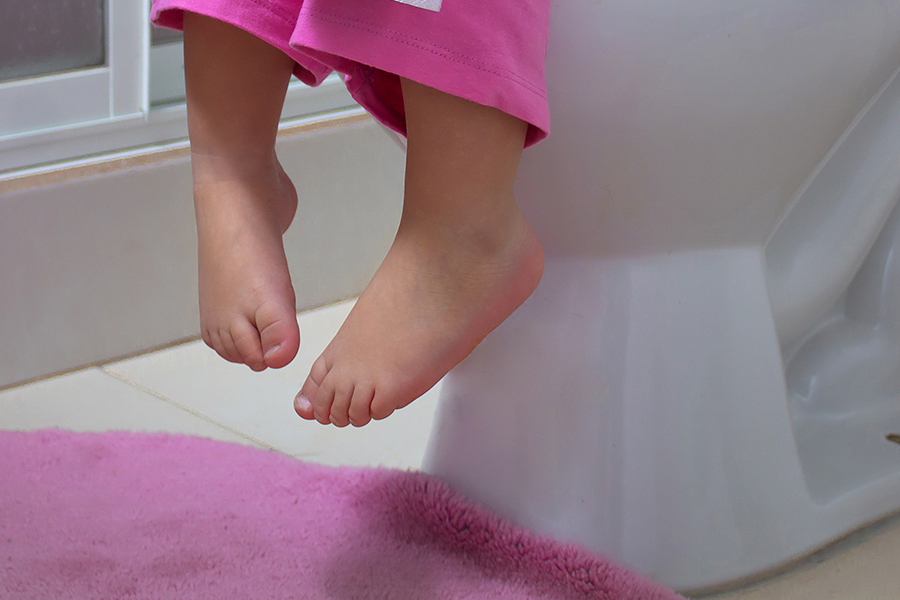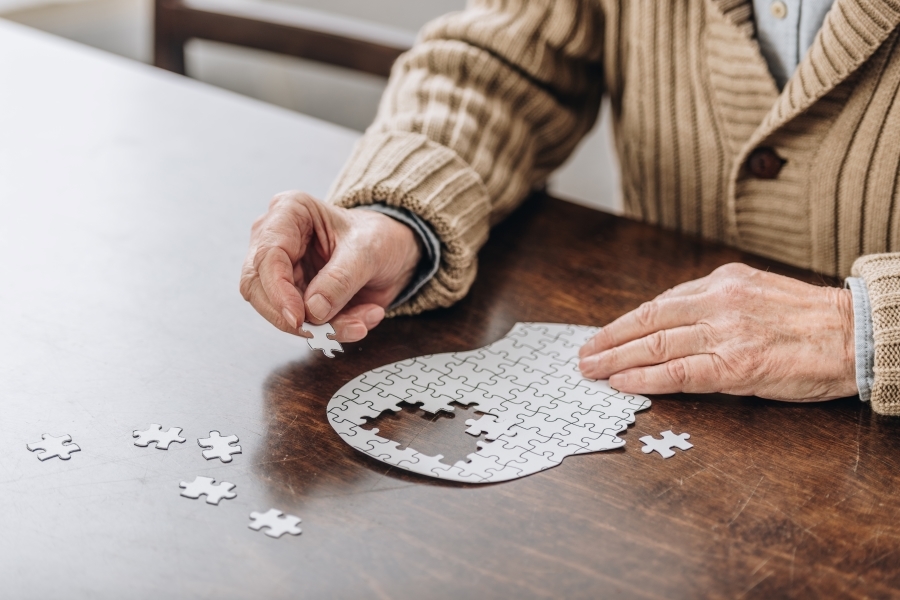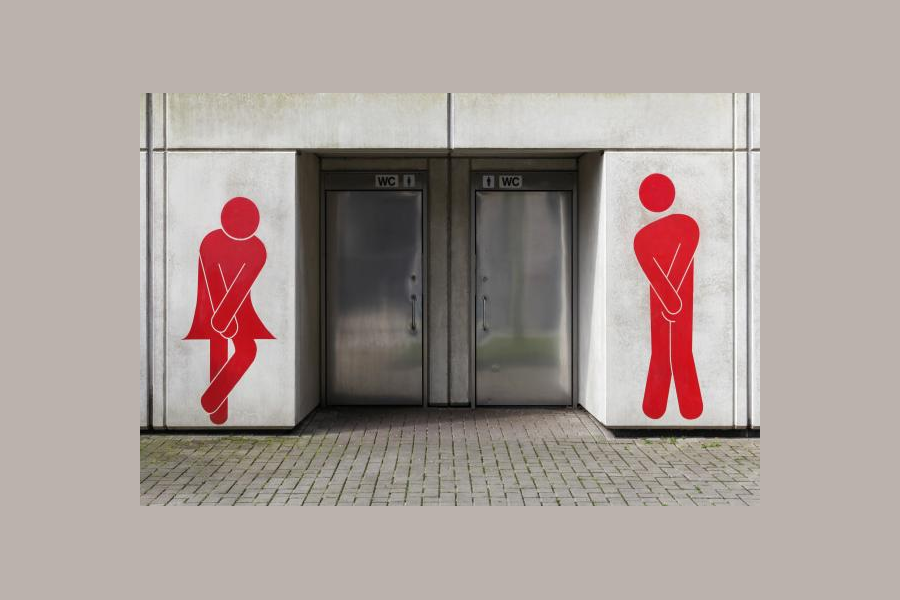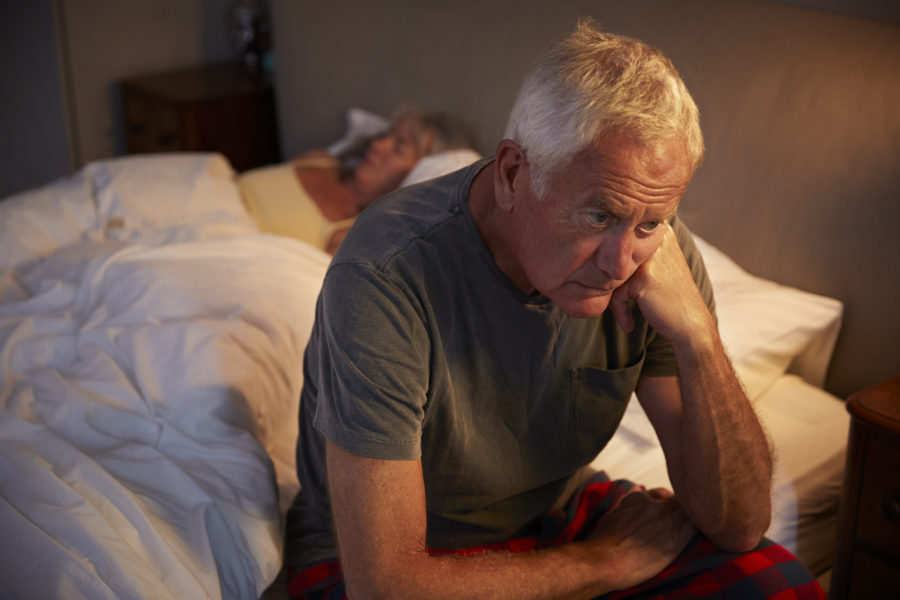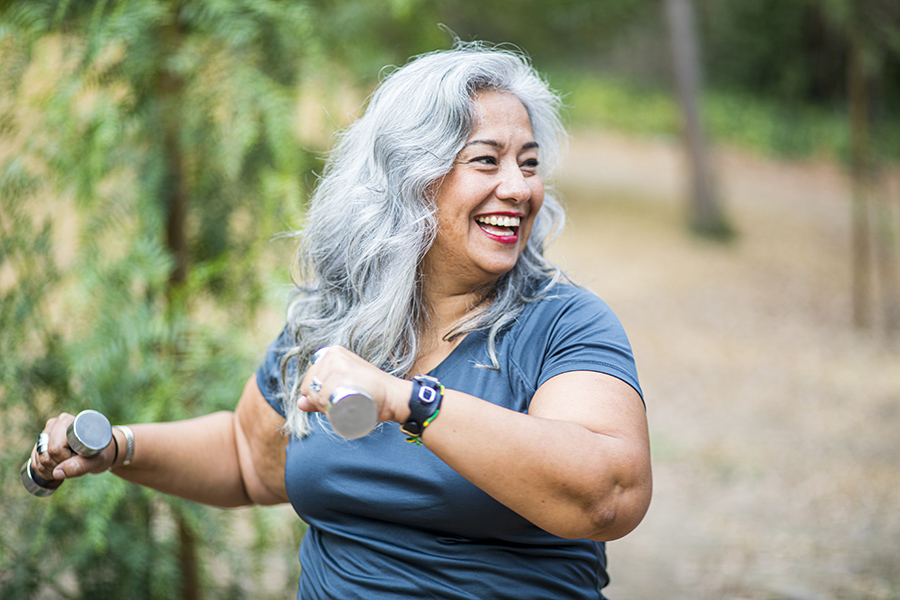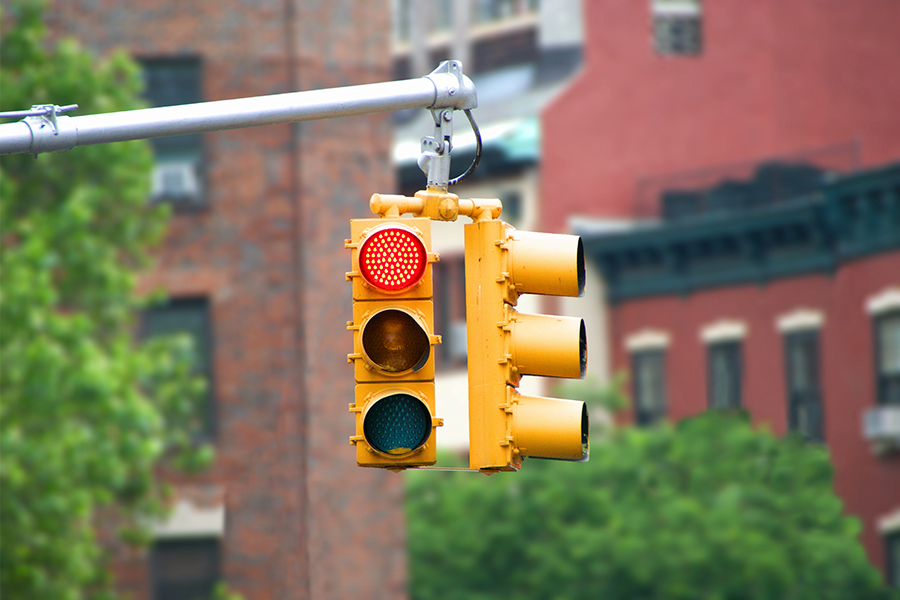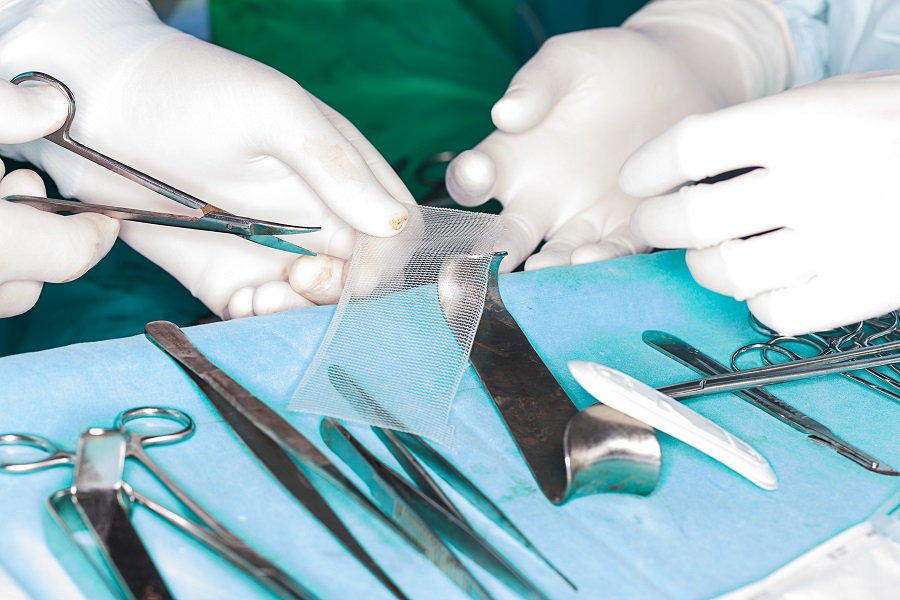Learning more about incontinence will help you to better understand what your options are for treatment and management.
Diagnosing incontinence
The first step to being diagnosed is to speak to your physician, who is well informed about treating incontinence. Diagnosis includes a medical history and a thorough physical examination. No matter how serious the problem, incontinence is a medical condition that can be treated.
Shield HealthCare offers one of the largest selections of adult diapers, liners, pads and absorbent products to help you live comfortably and confidently. The incontinence experts at Shield HealthCare created a helpful reference chart to find the right product for your level of incontinence.
Types of incontinence
Urge incontinence occurs when nerve passages along the pathway from the bladder to the brain are damaged, causing a sudden contraction that cannot be consciously inhibited.
Stress incontinence occurs when pelvic muscles have been damaged, causing the bladder to leak during exercise, coughing, sneezing, laughing or any body movement that puts pressure on the bladder.
Overflow incontinence refers to leakage that occurs when the quantity of urine produced exceeds the bladder’s holding capacity.
Other conditions that may contribute to incontinence:
• Constipation can cause bladder control problems. Adequate fluid intake along with fiber containing foods can help manage bowel movements.
• Obesity can cause incontinence due to the increased weight on the pelvic floor, especially in women.
• Diabetes can affect nerve function. A loss of bladder/ bowel nerve function can contribute to urinary incontinence.
What can be done to improve incontinence?
• Perform Kegel exercises daily • Practice double voiding (urinate, wait a few seconds, urinate again) • Eat fruit, vegetables and whole grains daily to prevent constipation • Retrain the bladder (urinate only every 3 to 6 hours) • Stop smoking – nicotine irritates the bladder • Avoid over consumption of diuretics, cough-cold preparations, antidepressants and antihistamines.
Treatment options for incontinence
Since incontinence is a symptom and not a disease, the method of treatment depends on the diagnostic results. Sometimes simple changes in diet or the elimination of medications such as diuretics can cure incontinence. More commonly, treatment involves a combination of medicine, behavioral modification and pelvic muscle re-education, collection devices and absorbent products such as diapers or briefs, pull-ups, liners and/or undergarments.







